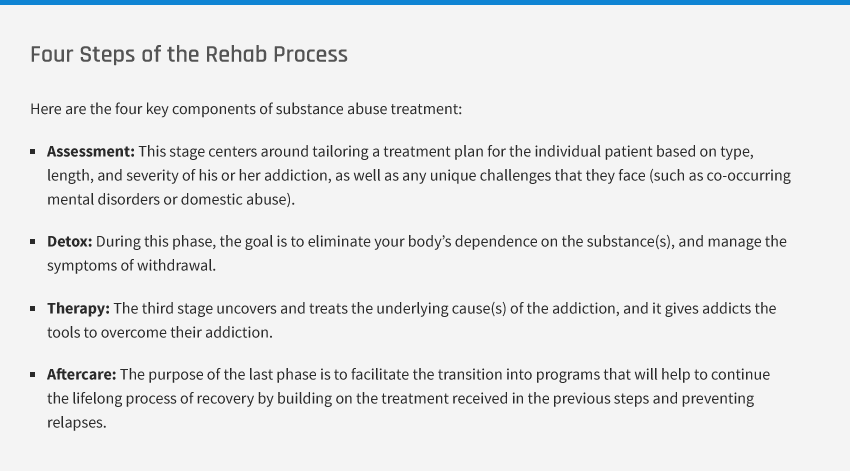Detoxification is the first step toward long-term recovery from Ativan addiction. This detox process is when the user’s body rids itself of the substance. Ativan has a half-life of 12 hours, and lorazepam glucuronide, Ativan’s major metabolite, has a half-life of 18 hours. That means it takes between 12 and 18 hours for half the ingested amount of Ativan to leave the body. The initial detoxification phase generally lasts four to five days, but full withdrawal may take several weeks, depending on factors such as age, weight, and genetics.
Users can expect to experience withdrawal symptoms during the detoxification period. Symptoms that outlast that time frame are considered “post-acute” and may last as long as a year. Detox timelines differ from person to person depending on the frequency of use and the average dosage.
Withdrawal Symptoms
Ativan withdrawal can lead to serious withdrawal symptoms
Prolonged use of benzodiazepines can lead to symptom rebound or symptom reemergence. These conditions occur when individuals with a history of prolonged benzodiazepine abuse experience a dramatic surge in withdrawal symptoms, such as anxiety and insomnia, or experience the return of symptoms they experienced before being medicated.
Ativan withdrawal can be exacerbated by the return of conditions initially treated by benzodiazepines
Because many of the symptoms, such as anxiety and sleeplessness, associated with Ativan withdrawal are also symptoms treated by Ativan and other benzodiazepines, it can be difficult to distinguish between symptom rebound (withdrawal) and symptom reemergence. Successful treatment may require addressing pre-existing issues, as well as the current addiction.
Ativan withdrawal can cause physical distress
Abruptly stopping the use of Ativan can cause the body to react, leading to issues ranging from stomach pain and vomiting to seizures, the latter being more common in people who were initially prescribed Ativan to treat a seizure disorder.
Ativan withdrawal can lead to severe psychological issues, such as anxiety, depression, and depersonalization
During the detoxification process, users may experience distressing levels of anxiety and depression, as well as debilitating panic attacks. They may also find themselves feeling detached from reality and even their own person, and some users have even been hospitalized with psychosis.
Ativan Detoxification Medications
To support Ativan withdrawal and lessen the side effects of dependency, doctors may prescribe supportive medications designed to alleviate symptoms and provide comfort throughout the detoxification period. Long-acting benzodiazepines with longer half-lives than Ativan may help users taper off rather than stopping their Ativan usage abruptly. Anticonvulsants such as carbamazepine have shown to be effective in managing withdrawal-related symptoms as has flumazenil, a medication that blocks benzodiazepine receptors, but antidepressants and beta-blockers have not been proven beneficial.
For more information about withdrawal, read our guide on Ativan addiction.


